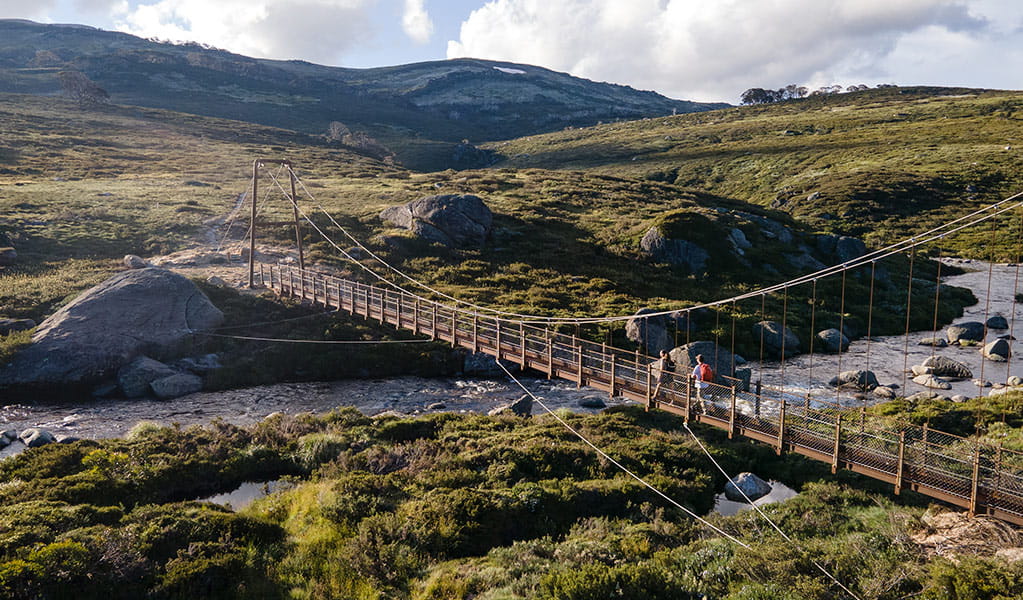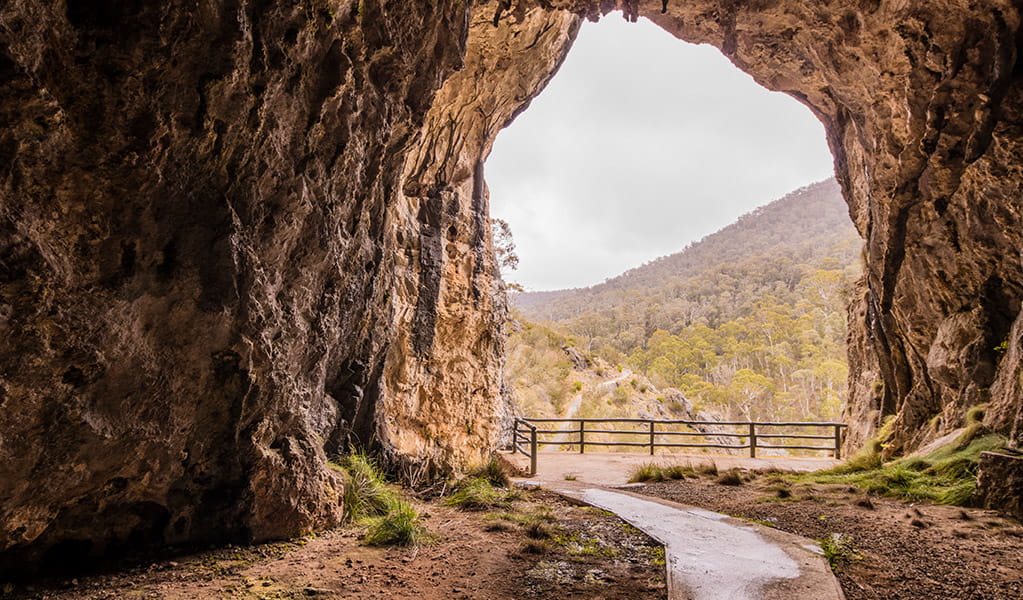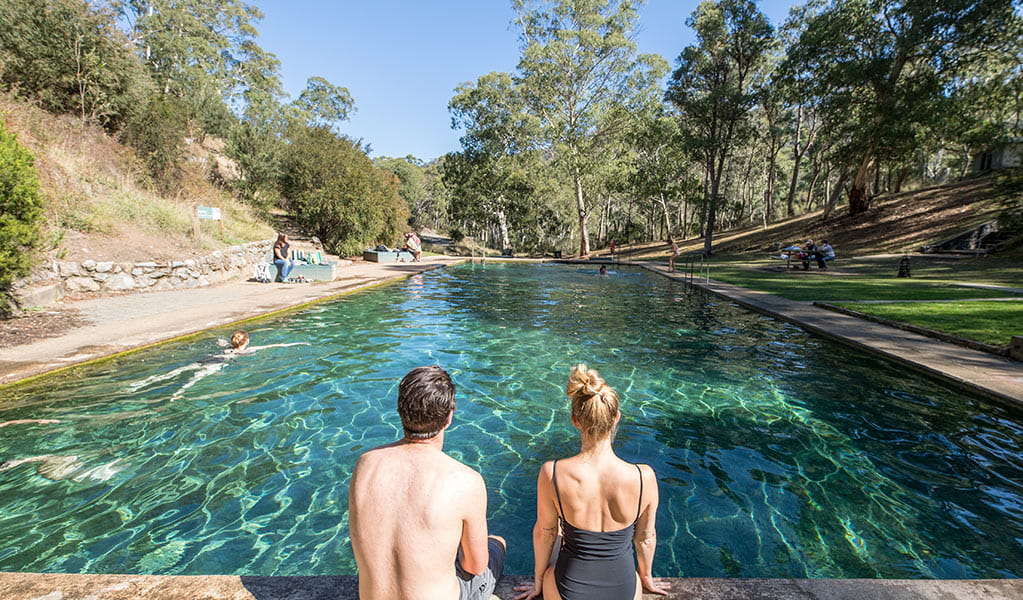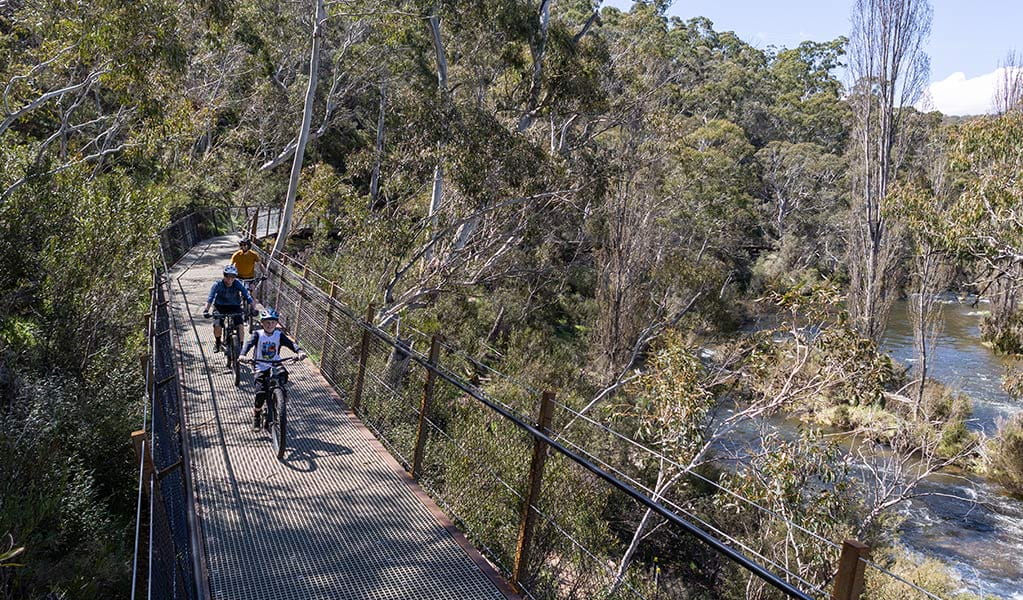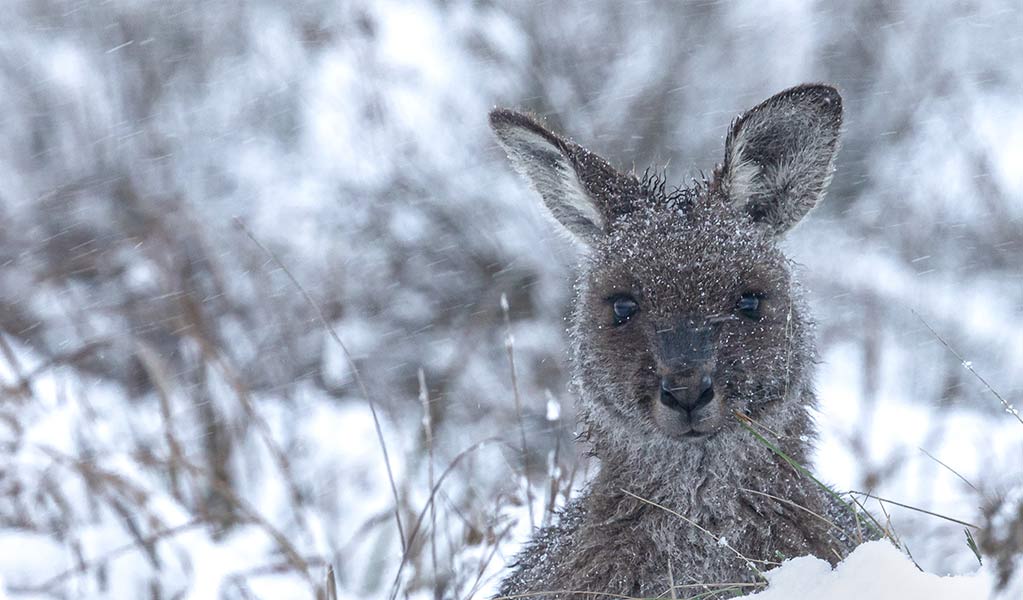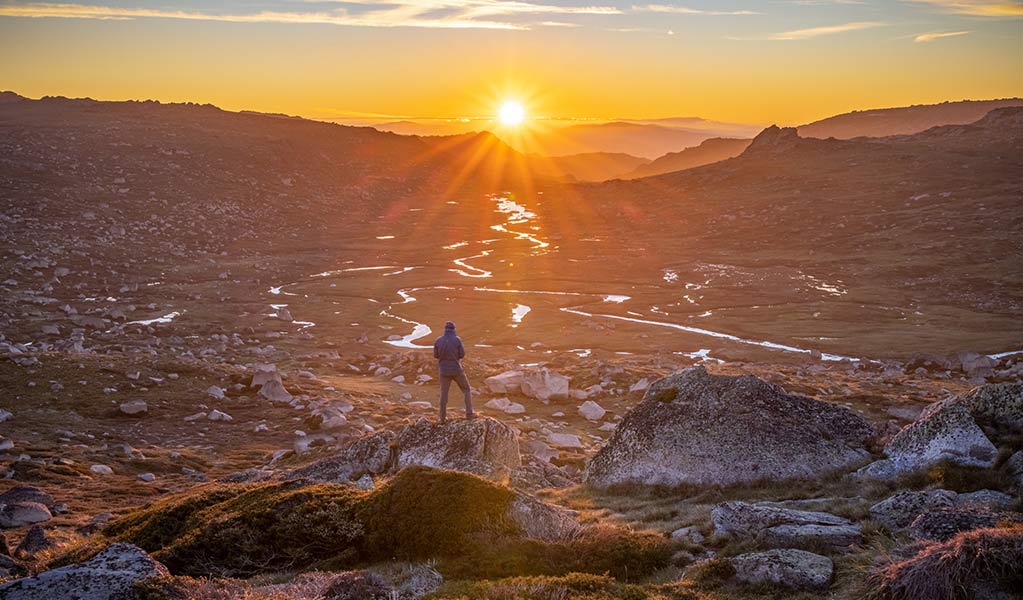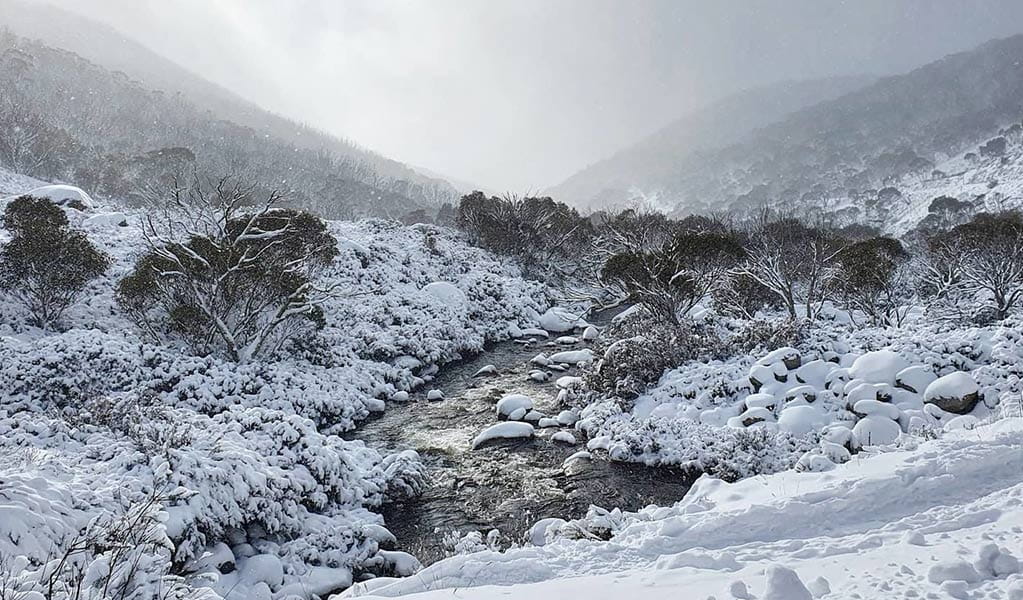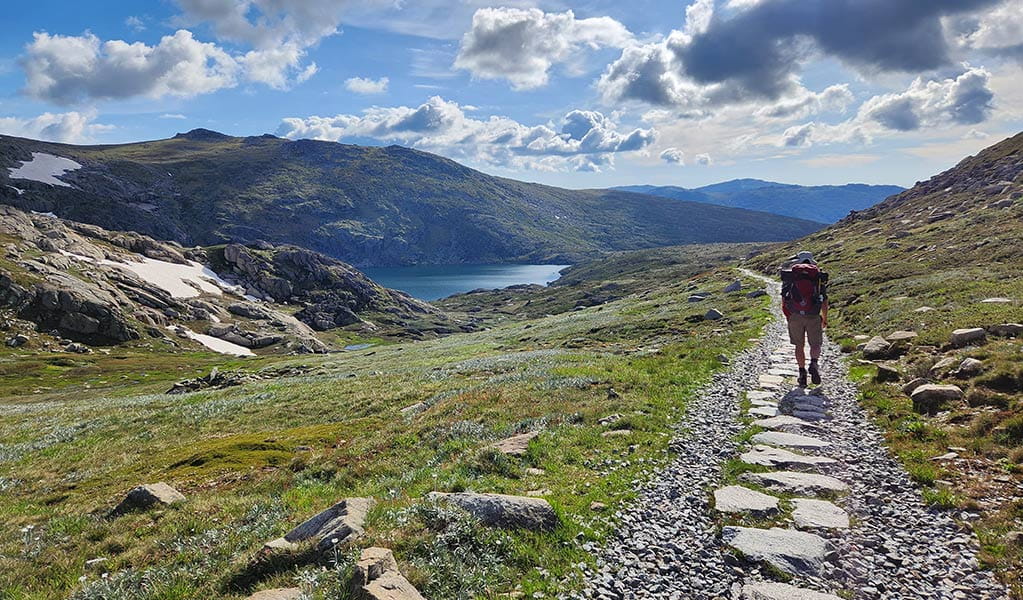Kosciuszko National Park 80th Anniversary
April 2024 marks the 80th anniversary of the establishment of Kosciusko State Park, now known as Kosciuszko National Park. This park protects unique Australian ecosystems. It's a hub of alpine adventure and has a rich history with influence beyond its borders.
Read more about Kosciuszko National Park 80th Anniversary
The largest national park in NSW
At 690,000ha, Kosciuszko is the largest national park in NSW. It attracts over 2.1 million visitors each year. A popular drawcard for the Snowy Mountains, the park allows people to experience alpine landscapes, fascinating limestone caves, wildflower meadows, and expansive mountain scenery. It attracts intrepid visitors, offering adventure-based experiences like snow sports in winter. In summer, people enjoy rafting, mountain biking and hiking.
Traditional Country
Kosciuszko National Park is on the Country the Wiradjuri, Wolgalu, Ngunnawal and Monaro Ngarigo people. The mountains are a traditional gathering place for many Aboriginal groups that travelled to the area for trade and ceremony. There are over 1,000 recorded archaeological sites in the park. The sites include stone arrangements, bora rings, scar trees and axe grinding grooves that demonstrate use of the land by Aboriginal people for over 9000 years.
Continued connection to Country is supported by joint management programs between Aboriginal community groups and NSW National Parks and Wildlife Service (NPWS). These include the Southern Snowy Mountains Aboriginal Community Memorandum of Understanding and the Tumut Brungle Gundagai Area joint management program.
Early reserves
The history of Kosciuszko National Park after European settlement was highly influenced by changes in land use and community values. For almost 100 years after the first Europeans arrived in the 1820s, the Snowy Mountains were largely the preserve of Aboriginal people, graziers, miners and rural industry workers. Its pastoral heritage can be seen in alpine huts and historic buildings like Currango homestead.
Scientific and tourism interests in the region grew in the early 1900s. It also marked the start of public concern about how land in the mountains was being used. This led to the creation of ‘Snowy Mountains National Chase’. This 160km2 area around Mount Kosciuszko was preserved in 1906 under the Crown Lands Alienation Act 1861. This followed the creation of small reserves in the north, including Yarrangobilly Caves, that were gazetted for public recreation between 1882 and 1931.
By the 1930s, the mountains were a popular summer destination for bushwalkers and tourists in search of fresh mountain air, alpine flowers, and trout fishing. This helped build an appreciation of the natural landscape and recreational value of the mountains. In 1935 the leader of the National Parks and Primitive Areas Council, Myles Dunphy, proposed a 400ha reserve for the area.
Around the same time in 1932, a forest scientist named Baldur Byles reported negative impacts on soil due to grazing cattle in the mountains. His report was important in passing the Soil Conservation Act 1938 and the creation of the NSW Soil Conservation Service that put an end to grazing in Mount Kosciuszko.
Kosciuszko National Park
In September 1943, Premier William McKell announced the proposal of Kosciusko State Park. By April 1944, the Kosciusko State Park Act was passed. This resulted in a new 526,000ha reserve that was managed by the Kosciusko State Park Trust. The act and trust successfully protected Spencers Creek from a proposed dam development. It also protected areas in the Main Range from ski-related development in the 1960s.
In 1967 the National Parks and Wildlife Act was passed and management of the park was handed to the newly created National Parks and Wildlife Service. It then became known as Kosciuszko National Park.
The 80th anniversary of Kosciuszko National Park is an opportunity to celebrate an important milestone. We're grateful to the traditional custodians that cared for the area for thousands of years, and to early conservationists who laid the foundation for the work that NPWS continues today.
To learn more about this special place, plan a visit to experience Kosciuszko National Park and immerse yourself in its natural beauty.
